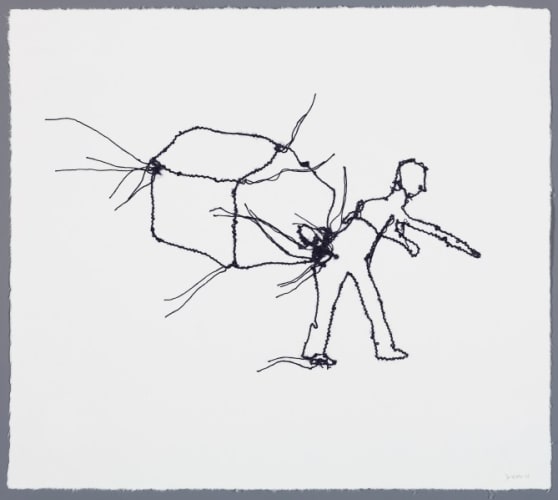
We will run out (of gas by 2026)
sufficient wind
and solar power
is what we have
declared a minister
years ago
wind
air in motion
there is lots
amongst the tribe
of politrickians
politrickians
hot air
gaseous exchange
smoke and mirrors
flatulence clouding
the way (forward)
politrickians
of all shades
of shadiness
however bejewelled
and dressed-up
they tend(er) to be
We will run out
of gas by 2026
we hear all dramatic-like
like a politrickian
announcing
his or her rectitude
One thing we do know
Is that we won’t run out
of gaseous and windy
politrickians
now or ever
(no matter the smoke
white pink or black)
Can you imagine that
(A morning TV newsbyte sets this one off, 7 May 2025.)
(By David Kapp)
(Image Credit: Do Ho Suh, “Fart in the Wind” / Art Basel)









